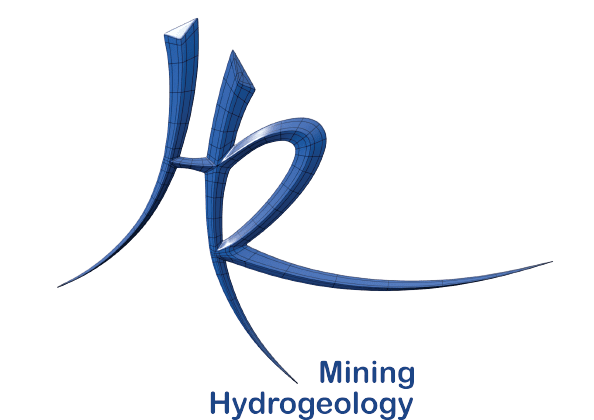Groundwater protection
As groundwater is a resource of inestimable value, it is necessary to protect it adequately. The case of Walkerton in Ontario, where residents died as a result of bacteriological contamination is a case that should serve as a lesson to all operators.
Groundwater Catchment Regulation
In 2002, the Ministry of Sustainable Development, Environment and Parks (MDDEP) implemented a regulation (RCES) which obliges groundwater operators to determine the supply and protection areas of the catchment wells. To do this, a variety of methods exist. On the other hand, these methods do not all have the same precision and the result can generate significant uncertainty. Thus, the MDDEP has published a guide that allows firms to better choose the appropriate method for estimating these areas. Mr. Verreault, president of Hydro-Ressources, is one of the authors of this guide.
Numerical simulation
Numerical simulation is a particularly effective method for estimating catchment protection areas. This method makes it possible in particular to integrate several factors inherent to aquifers, which the other simpler methods do not allow. Hydro-Ressources can guide you on best practices related to groundwater protection.
Profile Tracing Test (PTT)
A profile tracing test is an application recently adapted by our firm. The concept is very simple; it consists of mixing a tracer as uniformly as possible in a single open hole (for example, a diamond drill hole for exploration). Once the tracer is mixed in the hole, the concentration is measured at different time periods in the same vertical borehole. Concentration profiles are created and the concentration variations indicate the location of the natural active flow zone. In fact, when the concentrations decrease, it means that a flow is present.
Our achievements
Chat with an expert in hydrogeology
Fill out our form and a member of our team will contact you as soon as possible.
